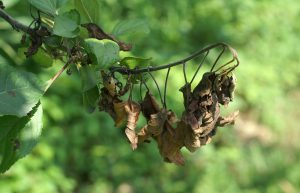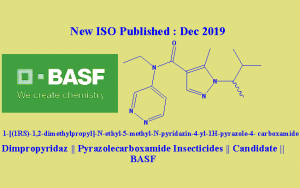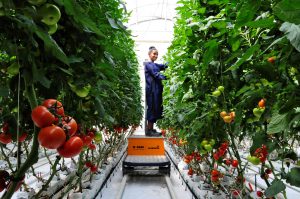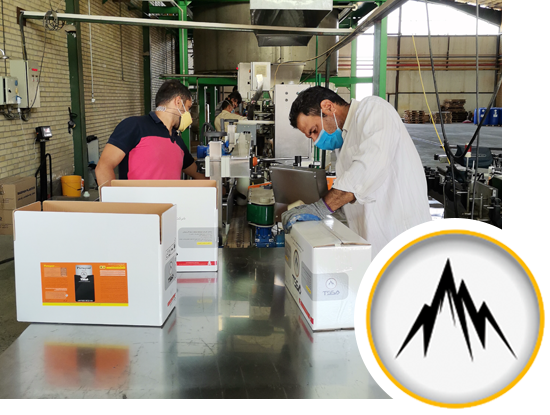Although pesticides are designed to kill pests, they are rarely 100% effective. Few individuals in pest populations can survive and reproduce. These survivors have a biochemical behavioral trait or specific genetic characteristics that help them survive and reduce sensitivity to the pesticide. During reproduction, these people transfer this trait to the next generation, which causes the next generation to show less sensitivity to pesticides, and in this way, the entire population eventually becomes resistant. p>
When the resistance of pests to a pesticide increases, as a result, they also show resistance to pesticides from the same group, the reason for this is the same effect of pesticides in similar groups. This problem is observed abundantly in populations of pests resistant to organophosphorus, carbamate and pyrethroids.
There are two main variables to determine the rate of population resistant to pesticides:
1) Mechanism of resistance trait inheritance
2) Intensity of selection pressure: In general, when resistance is inherited as a dominant trait and the selection pressure is high, meaning that a small number of susceptible individuals can survive and reproduce, resistance Within the individuals of a population it spreads rapidly. Some plant pathogens can also become resistant to pesticides. Such as the resistance of the bacterial cause of apple scab to Benomyl fungicide, which has been reported in recent years.
Management of resistance to pesticides:
Producers can slow down the process of emergence of resistance in different ways, as follows:
1. Pesticides should be used only when chemical control is needed based on the economic loss threshold calculation.
2. Alternating the use of different groups of pesticides: using poisons that belong to the same chemical group but have different titles will not help to prevent the development of resistance because the effect of these poisons is the same. Therefore, special attention should be paid to their point of effect in choosing pesticides that are included in rotation.
3. Use of pesticides according to the instructions recommended on the label and in accordance with the recommended doses for each product and its target pest. 4. Using poisons in combination with different effects. 5. Using advance awareness methods with the aim of determining the right time for chemical warfare.
6. Using pesticides to control a part of the insect’s life cycle, such as eggs, larvae or complete insects. 7. Application of pesticides at recommended times and not repeating spraying more than the recommended amount in each season.
8. The use of non-chemical methods and integrated combat along with chemical methods, using pheromones, adjusting the planting date, adjusting irrigation cycles, strengthening the land, plowing on time, pruning foliage, removing overwintering resources, etc.
According to the studies conducted and the results obtained, informed and program-based application can delay or even prevent the creation of pesticide-resistant populations.
References:
Preparation and collection:
Sara Mehrabi – technical manager








